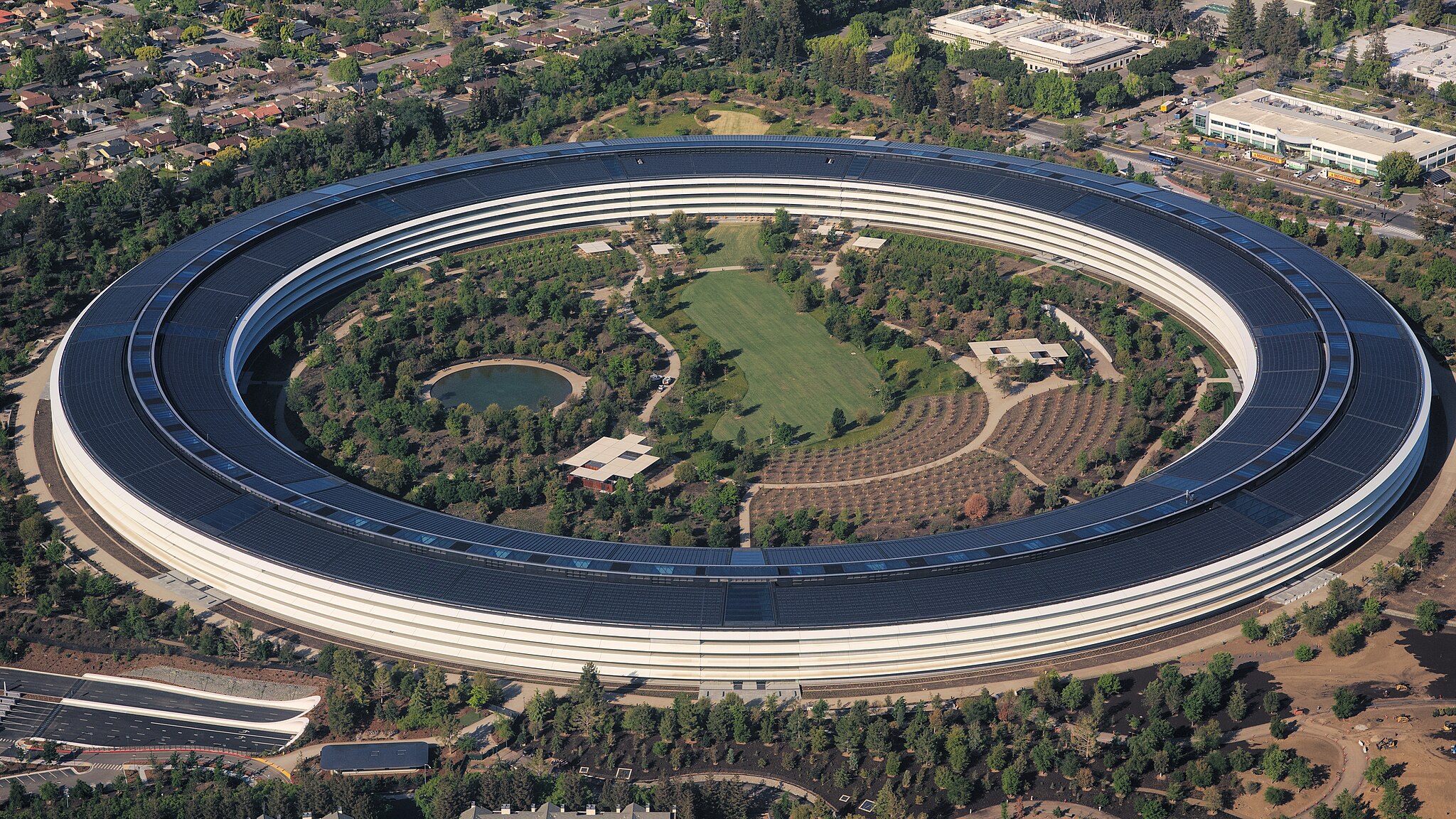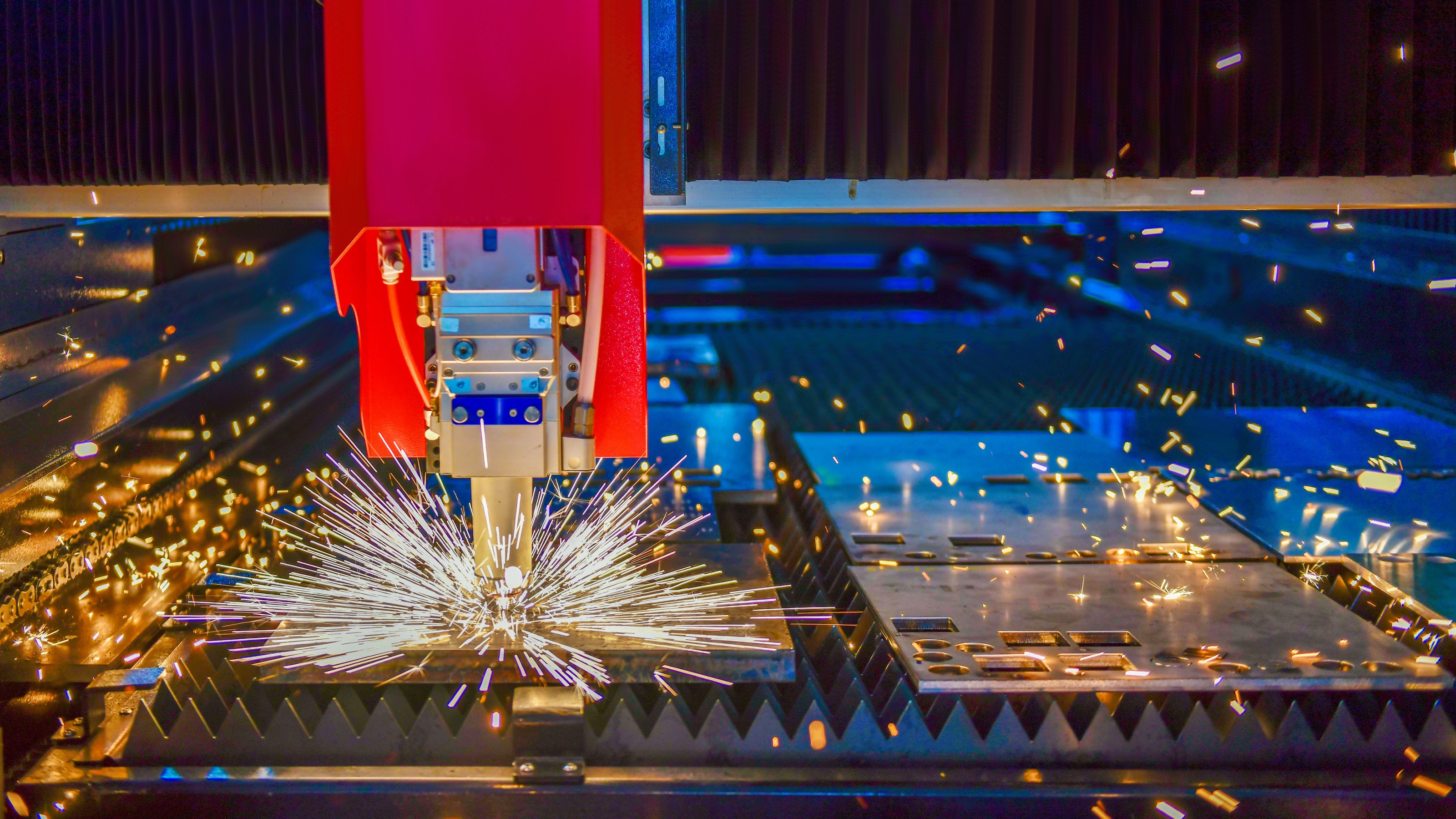The myth of lone genius: How innovation clusters drive progress

- Some regions produce more innovations and patents than others.
- While these “innovation clusters” can seem random, they have many traits in common.
- While creating new ones isn’t easy, studying them can show us how to promote science and discovery everywhere.
Many cultures have the archetype of the lone genius. These are the hermitic scholars who isolate themselves from worldly concerns to focus on their studies, inventions, and arcane tomes. The thing is, this archetype is more myth and storytelling convenience than reality. Yes, there are examples of great minds who did their best work in solitude, but innovation tends to prefer groups of people sharing, vetting, and critiquing each other’s ideas through shared social networks.
Innovation clusters are a modern take on this historic trend. These hotbeds of creative businesses produce new technologies at fantastic rates. These businesses attract money, talent, and credentialed workers, which attracts more new industries to the area. Why they work and how they operate can shed light on the nature of innovation and offer a blueprint for a more inventive future.
The birth of innovation clusters
The idea that businesses tend to cluster and spur growth isn’t new. Different cities throughout history have garnered renown as hubs of economic activity through high concentrations of world-class enterprises. The broader concept of certain regions hosting groups of master craftsmen in a single field is even older. For instance, Venice has been famous for its glassmakers for centuries.
However, the idea of purposefully concentrating businesses together to focus on innovation, research, and development is more recent. An influential article on the subject only dates back to 1998 — although attempts to group people, not businesses, together in hopes that they will dream up new technologies go back decades. Today, governments even try to kickstart innovation clusters in areas needing economic growth. The results have been mixed but are absolutely stunning when they turn out.
The most well-known of these successes is Silicon Valley. It is home to many of the world’s largest tech companies, is widely held as a hub of innovation, and is the place for a hot new startup to be. It’s not just computer and internet companies either; several industries call the area home. This is due, in part, to the influence of Stanford University Provost Frederick Terman, who actively encouraged graduates to start businesses in the area where they could benefit from the region’s resources and connections.

How innovation clusters work
In a 2018 review, The Brookings Institution looked at existing clusters in the United States — including Silicon Valley, Research Triangle Park, and Polymer Valley — to consider how and why they drive innovation. The report identified several factors. The density of firms within a given area was cited as a critical element, with more firms often leading to higher productivity increases for the region. Big Think alum Paul Krugman was cited as a supporter of this factor.
Additional factors considered included the presence of human and natural resources, existing or soon-to-exist demand for the businesses’ products, physical and intellectual room to grow, supportive research institutions, sources of funding, and robust infrastructure. At some point, these aspects combine, and firms in the area can see eye-popping productivity levels and innovative output.
Returning to Silicon Valley’s example, its location near Stanford and UC Berkley means high-quality researchers and experts are always close at hand. The region is connected worldwide, its labor force is highly skilled, it produces products with both military and civilian applications, and it enjoys a culture that continues to attract up-and-coming talent. These factors are true in nearly all other successful clusters as well.
Like nearly all other American innovation clusters, Silicon Valley also received massive subsidies from the U.S. federal government — in this case, R&D support at the anchor universities. The California state government provided similar funding to the state university system and banned non-compete agreements that would limit workers’ abilities to apply their skills where they are most needed.
The results are evident. The area dominates the technology sector, everything from search engines to social media all the way back to the development of modern semiconductors. The region has the country’s highest concentration of tech companies, enjoys around 40% of all American venture capital investment, and increasingly attracts other industries seeking to benefit from the ecosystem. If the region were a country, its $840 billion GDP would make it the world’s 18th-largest global economy. For comparison, Sweden has a GDP of just over $600 billion.
Innovation clusters aren’t limited to California either. The Research Triangle Park in North Carolina focuses on IT and pharmaceuticals. It relies on Duke University, the University of North Carolina-Chapel Hill, and North Carolina State as anchor universities that provide expertise and highly trained new employees. The results were similar; the region is one of the U.S.’s fastest-growing economies.

What can we learn from this?
The first thing to learn is that brilliance is often a group trait. Despite the archetype of the lone genius, many of the most important innovations of the past century were team efforts. Indeed, one frequent criticism of the Nobel Prize in the sciences is that few people are awarded for work increasingly done by large groups of researchers.
Second, innovation clusters remind us that creating the conditions necessary to generate innovation, or at least allow specific research to flourish, is possible. While throwing money at a problem isn’t always enough, existing clusters suggest that developing policies that increase productivity and research output helps spur creativity.
That said, innovation clusters aren’t a risk-free endeavor. There are cases of clusters that ultimately fizzled and died. Malaysia’s BioValley, for example, was an attempt to create an innovation cluster that failed for several reasons.
While the Malaysian government made a tremendous amount of funding available for this project, the private sector could not take advantage of it. BioValley lacked enough skilled workers to staff the proposed companies, it had difficulties convincing qualified workers from elsewhere to come to Malaysia, and it lacked local demand for biotechnology to keep new businesses afloat once started. Just because an area would like to be the site of a new innovation cluster doesn’t mean it can be.
However, it also suggests that certain inequalities in modern economies are unlikely to go away any time soon. If the concentration of firms can occasionally create regions with higher levels of productivity, then certain phenomena, such as how a mere 81 counties produce 50% of all American economic output, are unlikely to change. Indeed, innovation clusters may lead to further concentration of global wealth.
Genius isn’t as much an individual trait as popularly thought. Some places have figured out how to make group genius a ticket to success. Repeating that success is difficult but not impossible. Now, let’s see if somebody can make an innovation cluster that produces more clusters — that would be a real boon.





